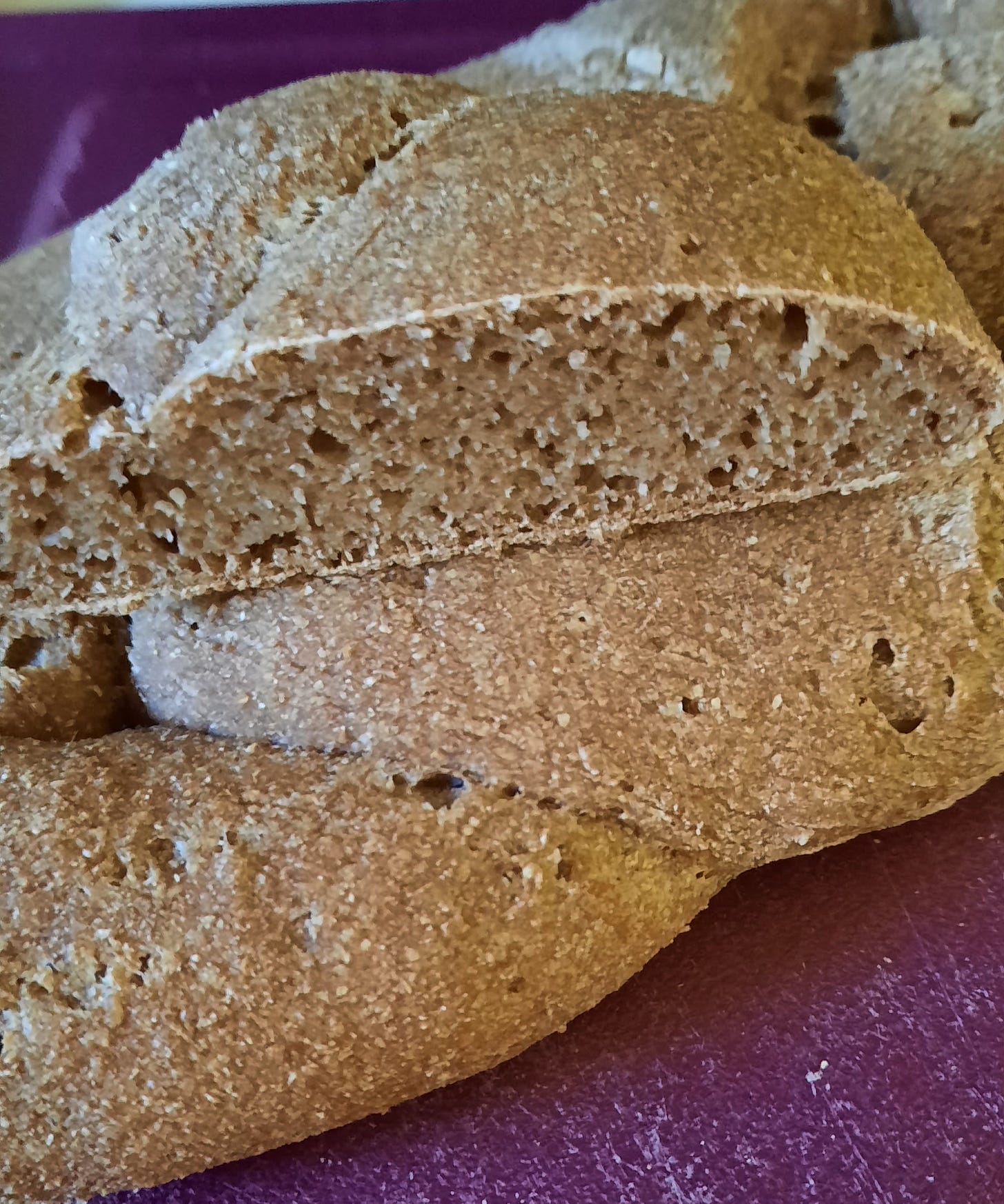Introduction to Food Science and Technology
What does it mean to be a food scientist?
Being a food scientist is a central part of who I am, even though I also consider myself a food systems changemaker. It is critical that we all, scientist or not, understand where our food comes from and how food reaches our plate. If we don’t know where and how our food is grown and processed, our complaints about our food system will be considered naive and uneducated. Food Industry professionals will brush off our arguments for change with comments like “you don’t understand the science”. Hopefully blind trust in science is rare these days as scientists, whatever we like to think, are infallible. We make mistakes, we don’t see the whole picture. If you are a scientist reading this and scoffing, please check out trans fats1 and hydrogenation of oils2 for an example of scientists essentially getting it wrong because we didn’t know enough.
This seems to be the appropriate moment to point out that FST is NOT the same as the food industry. However, much of the education and research done by food scientists is for the food industry as that is where most of the funding comes from. As I discovered during my career, you cannot do food science research without investigating a topic that is important to the industry. There is little monetary reward in studying something purely for interest. Research costs money and money goes to research that is relevant to those providing the funding3.
Food science and technology as a way to study food using scientific principles and methods. The Institute of Food Technologists4 defines food science as the study of the physical, biological, and chemical makeup of food and describes food technology as the application of food science to allow the mass production of food products. A recent addition to the food science and technology lexicon is “food tech” which is used to describe the world of food entrepreneurs and start-ups using bioengineering, computer tech, bioinformatics to create new food products5.

From a practical perspective, FST researchers may look at how grains change during processing and how that might be manipulated to make the best bread. For my PhD in food science I studied how vitamin C degrades. My research was in food chemistry. I use chemistry techniques to study how reactions take place in food. I am interested in how food changes during processing and storage. How does flour turn into bread? How does bread form a crust and crumb? What about when toast is made, what turns it crispy and brown? I found out that flaxseed meal has some interesting physicochemical properties as after being mixed with water, it gets thicker with time. This was due to the fiber in flaxseed, which is called mucilage.
Hopefully you can see why we need food science and technology. We need to know what reactions and physicochemical changes take place during processing and storage so that we can control them, reduce nutrient loss and extend the shelf life of raw materials like fruits, vegetables, and milk. As food changes during processing, food scientists need to understand how to limit or encourage those changes. Most food ingredients are biological material and their composition changes depending on growing conditions and after harvesting. For example, wheat has different amounts of protein and moisture depending on the variety and the environment. This means that millers and bakers must measure the protein and/moisture content to make adjustments if they want their bread to be consistent. Apples, and other fruit, continue to respire after being picked getting softer as they lose water and starch converts to more sugar.
There are many roles of food scientists and technologists as they take the raw ingredients and food from the farm and make sure it reaches the consumer. There isn’t enough space in this book for me to describe everything that a food scientist does and what food science studies. If you found this interesting there are many places you can find out more information. My favorite book on this topic is Harold McGee’s On Food and Cooking6. My favorite introductory foods textbook is Introductory Foods7. A good website for technical information is Serious Eats8 and my former LabCat blog9 has a number of posts about food science. There are videos on YouTube: Food Geek10 is a good place to start. You can take courses in food science. Most state universities that are land grant institutions have food science programs. Check out IFT for more information about the food science profession11.
If you have any questions about food science and food technology or if you have any questions about how you can use FST to develop your dream food product, book a call. I am always happy to chat about the science of food.
Trans Fats: The Science and The Risk: https://www.webmd.com/diet/features/trans-fats-science-and-risks#1
The Negative Effects of Hydrogenated Trans Fats and What We Know About Them https://pubmed.ncbi.nlm.nih.gov/19345947/
Nestle, Marion The Unsavory Truth 2018 Basic Books New York https://bookshop.org/books/unsavory-truth-how-food-companies-skew-the-science-of-what-we-eat/9781541697119
IFT Food Careers: https://www.ift.org/career-development/learn-about-food-science
Digital Food Lab 2021 https://www.digitalfoodlab.com/foodtech/
Harold McGee 2004 On Food and Cooking Simon and Schuster
Introductory Foods 2020, Pearson



As a fellow food scientist, I love this post!!! #foodsciencerules